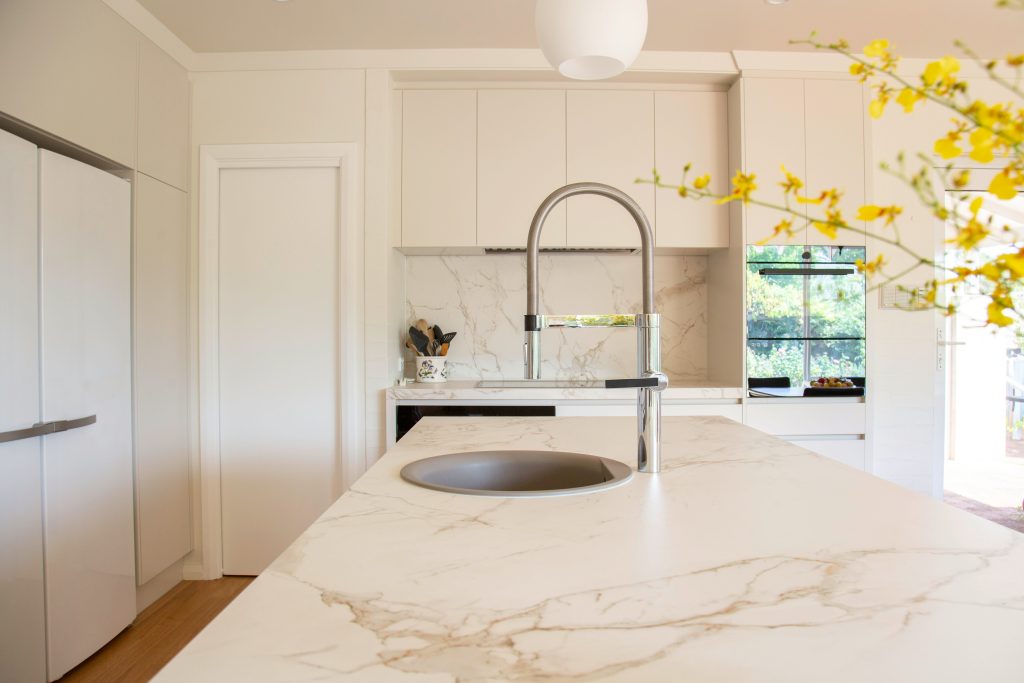Reconstituted Stone: Manufactured Marvel or Fake Rock?
27 February 2024
Reconstituted stone is a versatile, cost-effective alternative for construction and landscaping. Trust Hans International in Melbourne. Call (03) 9879 2406.
Also known as engineered or cultured stone, reconstituted stone offers a versatile manufactured alternative to natural stone building and landscaping materials. With technology improving its realism and durability, reconstituted stone challenges preconceptions of being an artificial imitation. Let’s examine what gives this product its solid reputation.
Characteristics of Reconstituted Stone
Reconstituted stone consists of cement or resin combined with crushed rock aggregates to form blocks or veneers. Pigments create natural stone colours and patterns. Finishing techniques add textures and shapes mimicking quarried stone:
• Physical Attributes – Modern manufacturing processes shape highly convincing fakes of sandstone, limestone, slate and other stones. Pieces boast irregular edges, surface holes and varied depths of natural materials.
• Durability and Longevity – Thanks to advanced binding agents and compression strength, reconstituted stone equals or exceeds the weather resistance of natural stone while avoiding inherent flaws.
• Environmental Impact – Produced locally, reconstituted stone has a smaller carbon footprint than quarried and shipped natural stone. Cement-based products can contain recycled content.
Applications and Versatility of Reconstituted Stone
Versatile and adaptable, reconstituted stone seamlessly integrates into various interior and exterior environments. In interior design applications, it brings the captivating aesthetic of natural stone indoors, gracing walls, floors, and benchtops in homes and businesses with an affordable and visually appealing solution. As an exterior construction material, reconstituted stone serves as an exquisite cladding, veneer, or architectural feature, contributing to creating stylish and durable facades for buildings.
Furthermore, in landscaping and outdoor spaces, this material finds its place in walls, retaining walls, planters, and paving, introducing textural interest that enhances the visual allure of gardens and alfresco areas. Its versatility makes reconstituted stone a favoured choice for designers seeking both aesthetic appeal and practicality in diverse design contexts.
Advantages and Drawbacks
In the ongoing debate between reconstituted and natural stone, each presents a distinct set of advantages and drawbacks. The merits of reconstituted stone include its uniform colouration, cost-effectiveness, simplified installation process, sustainable production methods, and heightened resistance to stains and scratches. However, reconstituted stone falls short of capturing the prestigious and unique qualities inherent to natural stone.
Additionally, there is a potential concern regarding pigment fading over time, highlighting the nuanced considerations that shape the choice between these two materials in various architectural and design contexts.
Comparisons with Natural Stone
Despite their close resemblance, subtle distinctions persist between natural and reconstituted stone. Aesthetically, reconstituted stone impressively mimics the realism of its natural counterpart but lacks the genuine variation found in authentic stone. In terms of cost, natural stone comes with a significantly higher price tag, positioning reconstituted stone as a more budget-friendly alternative. When it comes to maintenance, reconstituted stone emerges as the practical choice, exhibiting superior resistance to deterioration, cracking, and discolouration when adequately sealed.
Reconstituted stone brings leading aesthetics and adaptability, making it a go-to for builders, architects and homeowners alike. Talk to Hans International to supply quality reconstituted stone backed by years of fabrication experience.
Optimized by: Netwizard SEO


